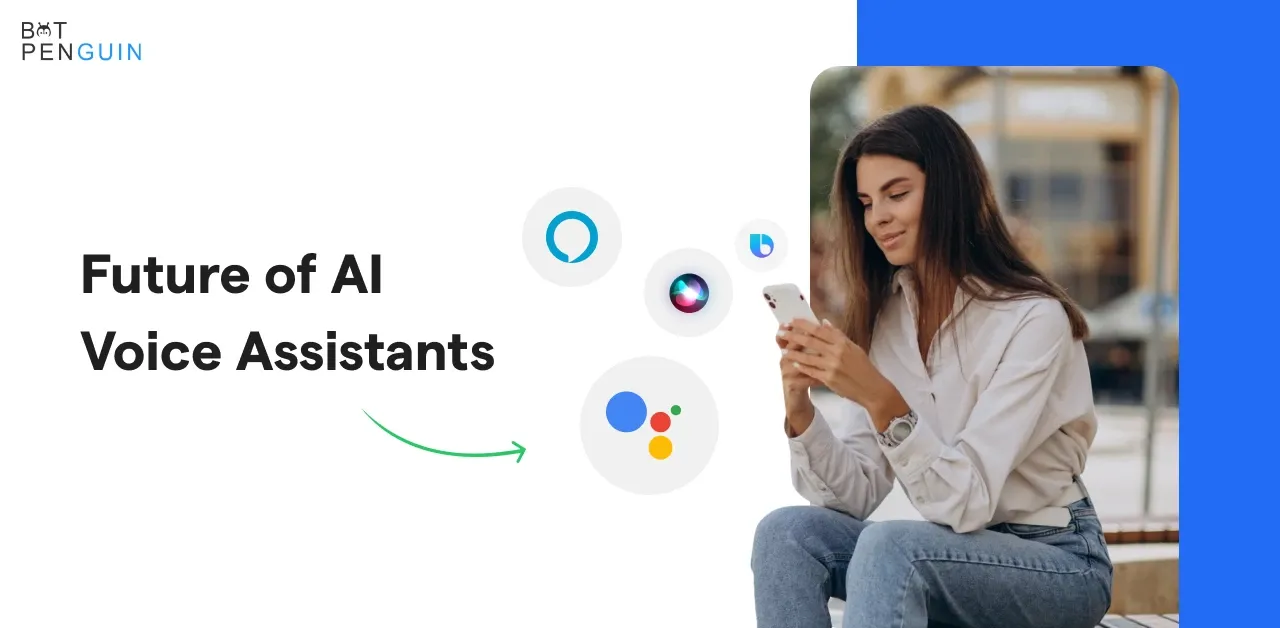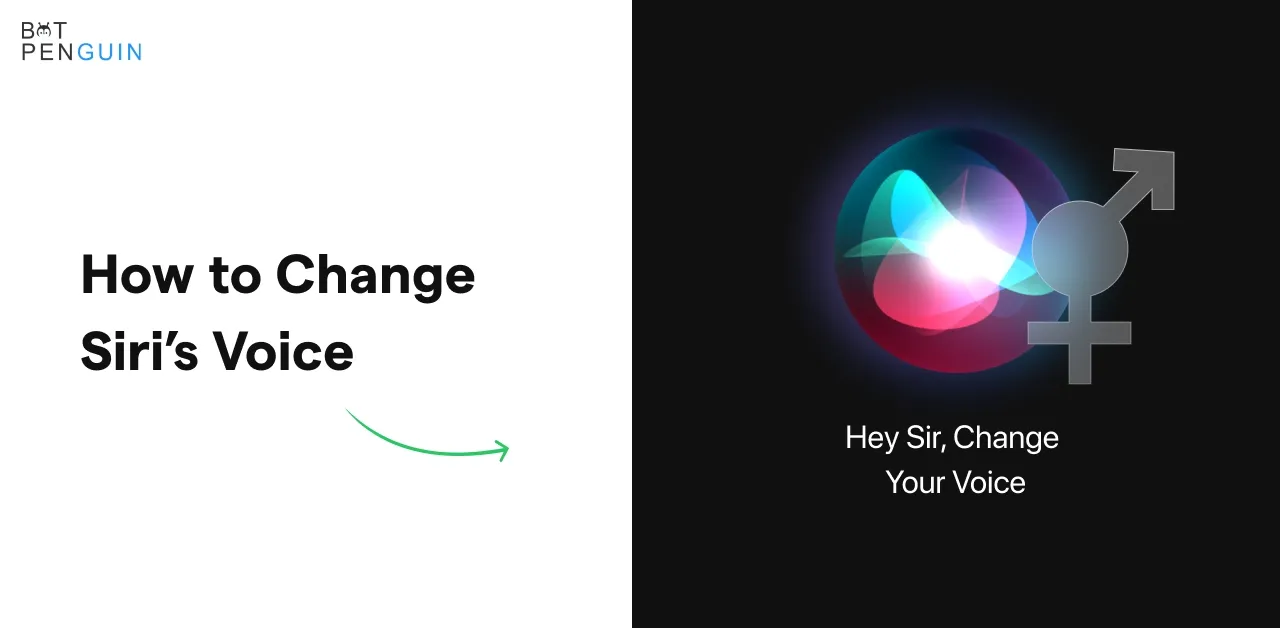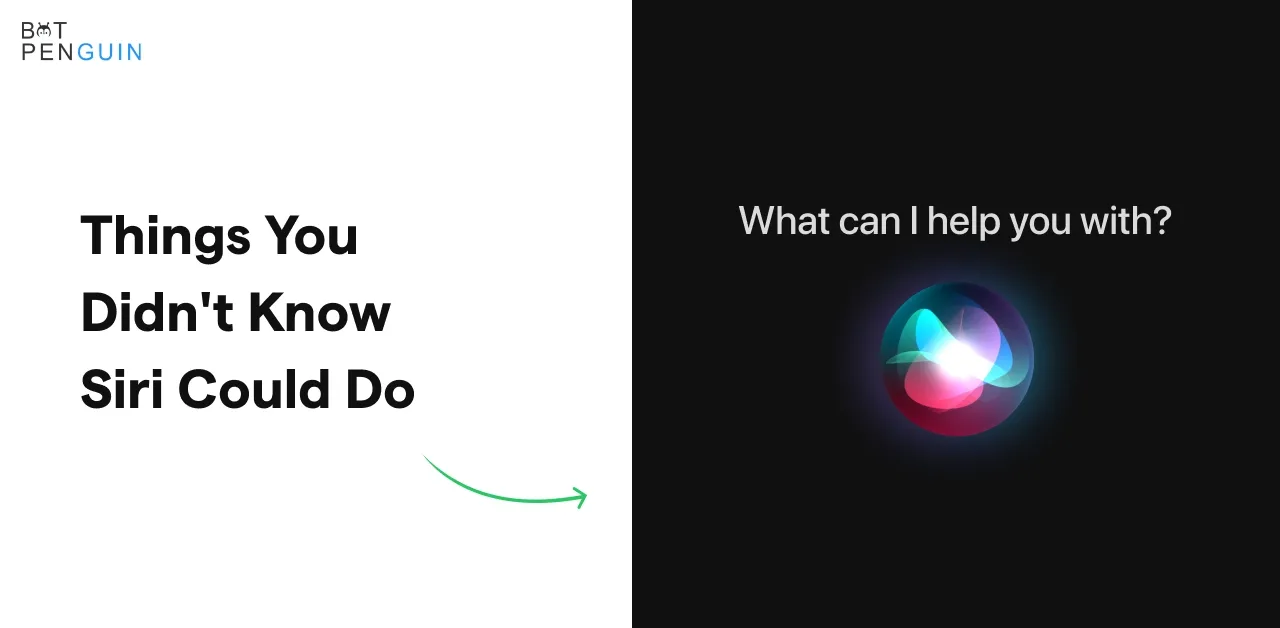AI cold calling is no longer experimental. Startups, sales teams, and customer ops across the globe are now using AI voice bots to reach leads, qualify prospects, and follow up on intent — all without a human on the line.
But here's the catch: If your AI is making outbound calls without consent, you may already be breaking the law.
In 2024, the U.S. FCC ruled that AI-generated voice calls are now classified as robocalls. That decision placed them under the same legal framework as traditional automated dialing — including the Telephone Consumer Protection Act (TCPA).
And that’s just the U.S.
In the EU, GDPR treats AI voice interactions as data processing. In the UK, PECR governs marketing calls. In India, TRAI’s DND rules now apply to AI-driven outbound calls under unsolicited commercial traffic guidelines. Canada and Australia have joined the regulatory push, too.
The laws are getting tighter. The penalties are real. And AI bots can’t claim ignorance.
If your system is:
- Calling without consent
- Failing to disclose it’s an AI
- Not offering an opt-out
Then your AI cold calling bot is not compliant. And non-compliance stops campaigns and it creates liability.
The good news? AI voice calling can be legal. You just need to know where the lines are — and which tech respects them.
AI Voice Call Regulations by Country
Every country treats AI cold calling bots differently, and some are already enforcing compliance with real penalties.
If your bot dials across borders, you need to know exactly where it stands in each region before your next campaign goes live.
United States: AI Calls Must Follow Robocall Laws
AI voice calls in the U.S. are now legally treated the same as robocalls.
That changed with the FCC ruling in 2024, which confirmed that any AI-generated voice message or response falls under TCPA. If you're using a cold calling AI bot, it’s no longer enough to just sound human — the law sees it as a machine, and applies strict rules.
You're required to:
- Get prior express written consent
- Clearly disclose that the caller is an AI bot
- Offer a real-time opt-out option
European Union: Consent Is Non-Negotiable
In the EU, the issue isn’t just is AI cold calling legal — it’s about how your system handles personal data.
Under GDPR, a voice is classified as personally identifiable information (PII). So if your AI bot for cold calling processes or stores voice responses, you’re automatically in data processing territory.
You must:
- Get clear, freely given consent
- Tell users they’re talking to a bot
- Keep records of interactions and permissions
Even if you’re calling from outside the EU, GDPR applies if the recipient is in the region.
⚠️ Non-compliance can result in fines up to €20 million or 4% of global revenue.
United Kingdom: PECR + UK GDPR Compliance Required
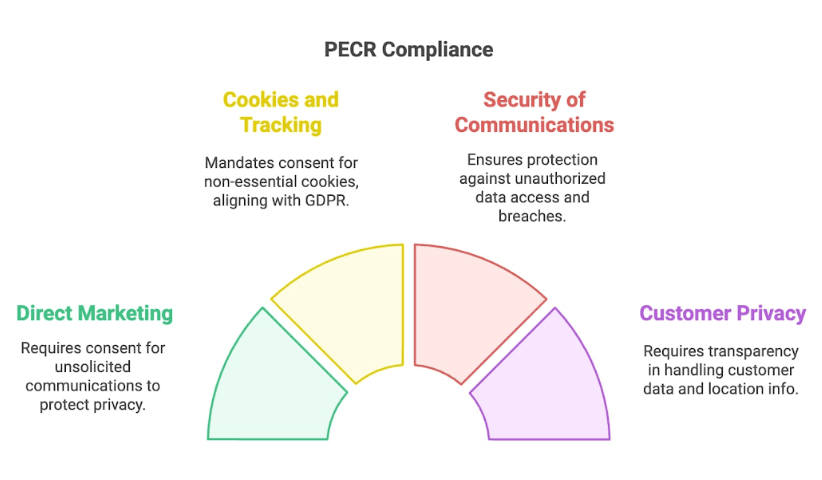
The UK’s PECR (Privacy and Electronic Communications Regulations) mirrors much of the EU’s posture — especially around consent and disclosure.
AI phone calls made for marketing require:
- Active, verifiable opt-in
- Clear disclosure during the call
- Opt-out on request
Even B2B outreach is now being scrutinized more closely. The Information Commissioner’s Office (ICO) recently issued warnings to firms using automated voice systems that didn’t identify the caller as non-human.
Canada: AI Callers Must Meet CASL Standards
Canada's Anti-Spam Law (CASL) applies to any electronic communication — including AI bot phone calls — made for commercial purposes.
If your cold calling AI bot:
- Initiates a call
- Delivers a pitch
- Requests an action (e.g., booking, buying, confirming)
Then it’s subject to CASL. That means:
- You need clear opt-in
- Full disclosure of purpose
- Real-time opt-out
CASL also requires records of user interactions and consent history — something many AI platforms still fail to track automatically.
India: AI Callers Must Follow UCC and DND Guidelines
India is seeing a rapid rise in AI-powered calling systems, especially across fintech, edtech, and logistics. But the legal environment isn’t a vacuum.
Outbound calls using AI are covered under the Unsolicited Commercial Communication (UCC) framework, enforced by the Telecom Regulatory Authority of India (TRAI).
Key compliance needs:
- Check against Do Not Disturb (DND) lists
- Register headers and templates under TRAI's DLT system
- Provide clear disclosure if the call is AI-generated
- Allow users to opt-out instantly
While there’s still a legal grey zone around AI-specific language, TRAI’s enforcement has tightened. In 2024, a major edtech company was flagged for using an AI cold calling bot that wasn’t registered or DND-checked — their telecom access was temporarily restricted.
📈 Smart AI platforms like BotPenguin now support TRAI-aligned calling templates, opt-out handling, and caller identity tagging — so your outreach doesn’t cross the line.
If your AI bot for cold calling is making outbound voice calls, every country it reaches has a different line you can't afford to cross. What’s legal in New York might get your number blocked in Mumbai. What’s accepted in the UK might cost you millions in Germany.
The only way forward?
Build your system to meet the strictest global standard, and scale legally — one compliant call at a time.
What Makes AI Cold Calling Illegal (And What Makes It Compliant)?
The legality of AI cold calling depends on how the call is made, who triggers it, and what the recipient is told.
Most outbound AI calls fall under automated communication laws. If your system dials numbers, speaks through synthetic voice, and engages users without a live human, it’s regulated — and often restricted — in many countries.
Here’s what crosses the line.
Robocalls, AI Calls, and Assisted Calls Are All Regulated
- Robocalls: Recorded messages with no interaction.
- AI-generated calls: Real-time voice bots responding to users.
- Human-assisted AI: A live agent supports or monitors, but the voice is still AI.
Each is handled differently in law, but all fall under automated calling rules. If the user hears an AI voice — even one triggered manually — it’s regulated.
No Disclosure = Illegal AI Call
If the call doesn’t say it’s from an AI, it’s non-compliant in most jurisdictions.
The FCC in the U.S. made this mandatory in 2024. GDPR and PECR also expect clear identification at the start of the call.
Failing to disclose the AI nature of the call can result in:
- Fines
- User complaints
- Carrier blacklisting
If your AI cold calling bot sounds human, disclosure is even more critical.
Consent: Written is the Only Safe Option
Consent is the legal backbone of AI calls. Not all types are valid for outbound campaigns.
- Implied: Not valid for AI calling.
- Verbal: Risky unless recorded and verified.
- Written: Required in the U.S. and recommended everywhere else.
Without explicit written consent, most outbound cold calling AI bots are non-compliant by default.
Checklist: Compliant AI Voice Calling
- AI introduces itself at the start
- You have written consent
- There’s an immediate opt-out path
- Every call is logged and traceable
Tools like BotPenguin come prebuilt with disclosure prompts, consent-based call triggers, and automated opt-out handling, making compliance easier to manage at scale.
Can You Use AI for Sales or Lead Gen Legally? Yes, But...
AI is changing how sales teams scale outbound. Voice bots can qualify leads, re-engage cold accounts, and deliver pitches 24/7. But that speed also creates risk.
Sales calls made by AI are legal — if you follow the rules. If you don’t, they’re not just ineffective — they’re illegal.
Let’s look at the fine line between smart automation and a legal red flag.
B2B vs. B2C: The Law Doesn’t Treat Them the Same
Some teams assume that B2B cold calls are safe because they’re “just business.” That’s not always true.
In many regions:
- B2C laws are stricter — users must opt in before you contact them.
- B2B rules vary — in the U.S., Canada, and parts of the EU, consent may not be required for initial outreach to a work number, but AI changes that.
Once your cold calling AI bot enters the conversation, most laws treat the call as automated — which often triggers consent and disclosure requirements, even in B2B.
⚠️ Rule of thumb: If an AI voice is involved, treat all calls like B2C from a legal standpoint.
Not All AI Calls Are Treated Equally: Intent Matters
Whether a call is legal depends on what it’s trying to do:
- Promotional: Selling a product or service
✅ Requires clear written consent in most regions
- Transactional: Sharing an update about an existing account
✅ Often allowed, but must be accurate and non-promotional
- Informational: Survey, feedback, appointment reminder
✅ Legal in most cases, if not used to push a sale
If your AI bot for cold calling slips into selling, you’ve crossed into a restricted zone. Even a small upsell or suggestion can trigger a violation.
High-Risk Verticals Face Extra Scrutiny
Industries like insurance, finance, real estate, and healthcare are more tightly regulated. Why?
- They often handle sensitive data
- They have stricter consent rules
- Misuse can trigger regulatory investigations
An AI voice bot calling to “confirm policy details” or “share an offer” without disclosure and prior consent isn’t just a bad move — it’s a potential legal breach.
In the U.S., the FCC has taken direct action in insurance scams using AI robocalls. In India, TRAI has warned fintechs using AI outbound calls without proper registration.
What’s Legal in One Country Might Be Illegal in Another
Here’s the catch: AI for lead generation laws aren’t universal.
- A call that’s legal in India (with DND compliance and template registration)
❌ May be illegal in California under CCPA + TCPA
- A compliant opt-in in the UK
❌ Might not meet GDPR consent standards in Germany
If your platform is calling across borders, your AI system needs country-level rules — or it needs to stop.
This is why providers like BotPenguin build region-specific compliance logic into the call flow — so your bot knows what it can and can’t say, based on where it’s calling.
✅ Quick Guide: When AI Sales Calls Are Legal
You can use an AI cold calling bot for sales — but only when:
- You have clear written permission
- The bot identifies itself immediately
- The user can opt out in real time
- You follow the rules of the country you’re calling
The faster you scale, the faster you’ll get noticed — by leads or regulators. Choose which one.
What are the Legal Risks of Non-Compliant AI Calls?
AI voice calls move fast, but legal trouble moves faster. One misstep with consent, disclosure, or call purpose, and your business isn’t just flagged — it’s fined, blacklisted, or dragged into court.
Here’s what’s at stake when your AI cold calling bot breaks the rules.
United States: Up to $1,500 Per Call — And It Adds Up Fast
Under the Telephone Consumer Protection Act (TCPA), every illegal call made by an AI system can result in a penalty of up to $1,500 per recipient.
If the user didn’t give written consent, and your bot used a prerecorded or AI-generated voice, you’re in violation.
The FCC made it official in 2024: AI voice calls without consent are now covered under robocall laws. Class-action lawsuits have already followed.
India: TRAI Can Block Your Calls Entirely
In India, AI calling without consent puts you in direct violation of TRAI’s UCC regulations. That includes:
- Calling users on the DND registry
- Using unregistered templates or headers
- Failing to disclose the AI nature of the call
TRAI can impose a fine and also blacklist your number from telecom networks. One complaint can get your campaign shut down.
Several Indian edtech and fintech startups have had outbound AI calls suspended for non-compliance.
European Union: GDPR Treats AI Voice Calls as Data Processing
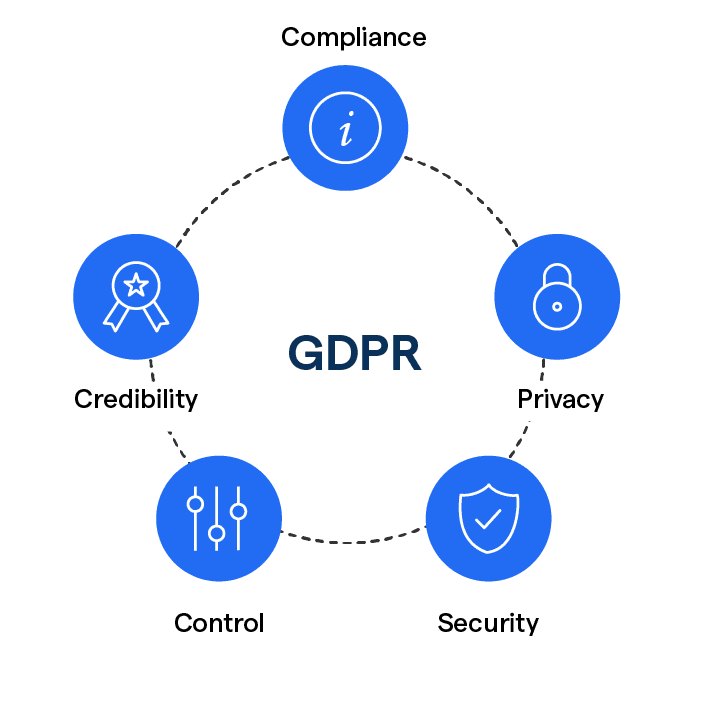
If your AI bot is calling users in the EU and logging any voice response, you’re processing personally identifiable information (PII).
Under GDPR, that means:
- You need clear consent
- You must disclose the AI nature
- You must offer a way to opt out
Failing to meet these requirements can lead to fines of up to €20 million or 4% of annual global revenue — whichever is higher.
This applies even if your business isn’t based in the EU, as long as you're calling EU residents.
Global Risk: Lawsuits, Reputation Damage, and Platform Restrictions
Regulators aren’t the only risk. A non-compliant AI bot for cold calling can:
- Trigger class-action lawsuits
- Get you banned by telecom carriers
- Erode user trust in your brand instantly
And once your number is flagged as spam, your deliverability tanks — across SMS, calls, and even email.
Legal risks don’t just slow you down. They stop you completely.
✅ Compliance Isn’t Optional — It’s Operational
If your AI system:
- Calls without proof of consent
- Doesn’t disclose it’s a bot
- Can’t handle real-time opt-outs
…it’s not just a risky tool — it’s a legal liability.
Platforms like BotPenguin help reduce that risk with:
- Consent-based AI calling flows
- Built-in bot identification
- Auto opt-out on keypress or command
- Call logs for audit-proof tracking
Every AI call has legal weight. Make sure yours can carry it.
How to Make AI Cold Calling Legal
You don’t need to shut down your AI calls you just need to align them with the law. Most violations come from missing steps, not bad intentions.
This section breaks down the exact actions that make an AI bot for cold calling compliant, regardless of region or use case.
Capture and Store Consent Before You Call
Consent isn’t just a checkbox. It’s the foundation of legality.
You need to:
- Collect clear, written consent before calling
- Specify the use of AI or prerecorded voice
- Store that consent with a timestamp and source
Accepted methods:
- Web forms with opt-in language
- Voice recording during earlier calls
- Email replies confirming agreement
If there’s no record, there’s no legal cover.
Disclose the AI at the Start of the Call
A user must know they’re speaking to a machine — before the interaction continues.
Your script should include:
- A clear opener like “This is an AI-powered call from [Company Name]...”
- The purpose of the call
- Immediate opt-out instructions
Don’t bury the disclosure later in the call. Failing to state that it’s a bot violates robocall laws in the U.S., UK, EU, and India.
Enable Real-Time Opt-Out (No Delays, No Excuses)
Every cold calling AI bot must give users a way to stop the call instantly.
Accepted opt-out methods:
- Voice commands: “Stop,” “Opt-out,” “Don’t call again”
- Keypress actions like “Press 2 to unsubscribe”
Once triggered, the system must:
- End the call
- Flag the number
- Remove it from all future dial lists
Failure to honor opt-outs is one of the top triggers for AI robocall penalties.
Set Geo-Based Call Restrictions
You can’t use a single call schedule globally. Call time laws vary by country, and sometimes even by state.
Your system should:
- Block calls during restricted hours
- Use local time zones for all outreach
- Avoid holidays and Sundays in strict regions like India
For example:
- U.S. rules (TCPA): No calls before 8 AM or after 9 PM
- India: Telemarketing hours enforced via TRAI regulations
Calls outside these windows can result in regulatory fines or telecom bans.
Keep Call Logs — Every Interaction, Every Attempt
Every AI call is legally traceable. If you can’t show what happened, when, and why — your word doesn’t count.
Your AI cold calling bot should automatically log:
- Call time and duration
- Script used
- User response (spoken or keypress)
- Opt-in/opt-out status
- Consent ID (linked to the CRM or source system)
Logs protect you in audits, investigations, and disputes.
✅ Bonus: Add This AI Call Compliance Checklist to Your Workflow
Platforms like BotPenguin offer this functionality by default. It’s not just about better outreach — it’s about legal-first automation that lets you scale without risk.
Legal vs. Illegal Scenarios: AI Calling Use Cases That Work
AI voice bots are powerful, but the way you use them determines whether your calls are compliant or a regulatory risk. It’s not about the tool — it’s about the context, the content, and the consent behind the call.
Here’s a clear look at what’s allowed, what crosses the line, and what to keep in check as laws tighten.
Legal Use Cases: Where AI Voice Calls Are Allowed
When built with consent, transparency, and user control in mind, AI calling bots can legally operate across a variety of use cases.
✅ Appointment Reminders
Calling to confirm or remind users about scheduled appointments is generally allowed when the user has an existing relationship with your business and has previously given permission to be contacted.
This applies across industries — healthcare, education, logistics, even grooming services — as long as the bot introduces itself and doesn't promote anything else during the call.
✅ Customer Support Follow-Ups
AI bots can legally follow up on support tickets, check service satisfaction, or confirm that an issue was resolved — provided the contact is based on a prior interaction.
These are classified as transactional or service calls, not marketing, so most jurisdictions allow them without additional opt-in — though full disclosure that it's an AI voice is still required.
✅ B2B Prospecting — When Opted In
In some regions, you can contact professionals at their business numbers for commercial purposes — but this changes the moment automation or AI is involved.
A cold calling AI bot still needs clear, documented opt-in from the prospect. If that consent is in place and the script includes upfront disclosure that the voice is AI, the call may be compliant in B2B settings.
Illegal Use Cases: What Gets AI Calls Flagged
Legal trouble comes fast when companies treat voice AI like email automation.
What seems harmless in outbound marketing can lead to fines, spam blacklists, or even legal bans when applied to voice without proper controls.
❌ Cold Calls Without Consent
This is the single most common violation. Pulling leads from a list, third-party database, or event registration and immediately dropping them into an AI call sequence — without written consent — is illegal in the U.S., the EU, Canada, India, and beyond. Consent must be specific, traceable, and logged before the bot ever dials.
❌ No Opt-Out Mechanism
If a person can't instantly stop the call — either by saying "stop" or pressing a key — your system is breaking compliance rules in nearly every region. Opt-outs aren’t optional.
They must be clearly presented, easy to activate, and honored immediately. If your AI cold calling bot lacks this, you’re exposed.
❌ Faking Human Identity or Voice
Some companies try to make their AI sound as human as possible — sometimes using voice cloning or natural language tricks to avoid detection.
That’s a legal red zone. If your system fails to disclose it’s a bot, or worse, tries to pass off AI as a live agent, you’re not just non-compliant — you're potentially engaging in deceptive trade practices.
⚠️ Legal vs. Illegal — Use Case Summary
A legal AI bot for cold calling doesn’t trick the user. It introduces itself clearly, respects boundaries, follows consent protocols, and gives people control.
If you want to keep using AI at scale, build every use case on top of legal certainty, not assumptions.
The Ethical Side of AI Cold Calling
Just because AI can make the call — doesn’t mean it always should.
Ethics in AI voice outreach isn’t about staying inside the law. It’s about protecting trust, reputation, and long-term user relationships.
If you’re building an AI cold calling system, ethical decisions start before the first script is written.
Here’s where it matters most.
Respecting User Privacy and Agency
AI systems that contact people directly are reaching into the most personal of spaces — their phone.
That means:
- Never calling without clear, prior permission
- Giving users full control to end the interaction
- Avoiding call flows that trap users in loops or pressure them to respond
The ethics here are simple: users didn’t ask for this. Your cold calling AI bot is stepping into their time, their attention, and sometimes their workday. That moment must be handled with care.
Avoiding Manipulation with Human-Like Voices
Voice AI is improving fast — and with it, the risk of deception.
Bots today can mimic warmth, tone, even regional accents. But when you use an AI voice that sounds human without telling the user, you’re not just stretching compliance — you’re crossing into manipulation.
Whether it’s a cloned voice or a hyper-realistic synthetic tone, disclosure isn’t just a checkbox. It’s a signal of respect.
Ethical AI voice outreach means telling the truth about who (or what) the user is talking to — before the conversation begins.
Building Transparency into Every AI Workflow
Trust doesn’t scale unless it’s designed into the system.
That means:
- Clearly logging every call and outcome
- Giving users easy access to opt-out data
- Maintaining a visible audit trail for teams, customers, and regulators
Transparency isn’t only for lawyers. It’s a product feature — one that reduces risk and increases user confidence. Every ai cold calling bot should be accountable by default.
If your system can’t explain its decisions, track its actions, or respect boundaries, it’s not ethical — even if it’s legal.
AI voice calling is a powerful tool. Used ethically, it enhances conversations, improves efficiency, and adds value for both the business and the customer. Used carelessly, it erodes trust and invites regulation.
Good AI doesn’t just ask, Is this legal?
It asks, Is this fair?
Build or Buy? How to Deploy a Compliant AI Voice Calling System
Every company wants the control of building, the speed of buying, and the legal protection of doing both right.
But when you’re dealing with AI calls — where privacy laws, telecom rules, and customer trust all collide — that choice isn’t just strategic. It’s legal.
Here’s what your system needs to handle — whether you build it in-house or plug into a provider.
Must-Have Compliance Features in Any AI Voice System
To stay legal, every AI cold calling bot needs more than just conversation logic. It needs embedded compliance from start to finish.
1. Consent Gate Before Dialing
Every outbound call must begin with verified, logged consent. Whether through web forms, CRM flags, or API-triggered events, your AI system should check this before a single ring.
If there’s no consent on file, the call doesn’t go out. Anything less is a risk.
2. Real-Time Disclosure Logic
As soon as the call begins, the bot must identify itself. This disclosure isn’t optional — it’s legally required in the U.S., UK, India, and the EU.
Your system should insert this into every script — dynamically and unskippably — so no campaign accidentally hides the AI identity.
3. Live Opt-Out Handling
Users need an instant way to exit the call. Whether that’s through a voice command (“stop,” “don’t call me”) or a keypress (“Press 2 to unsubscribe”), it has to:
- Immediately end the call
- Update contact status across your CRM and DNC list
- Prevent future outreach without re-consent
Without this, your AI call system compliance breaks on contact.
4. Automated Audit Logs
Every call, consent check, opt-out, and outcome must be recorded. You need a searchable trail — not just for customer service, but for legal defense.
If regulators ask for proof, you can’t guess — you show the logs.
✅ Why BotPenguin is Built for Compliance — Not Just Conversations
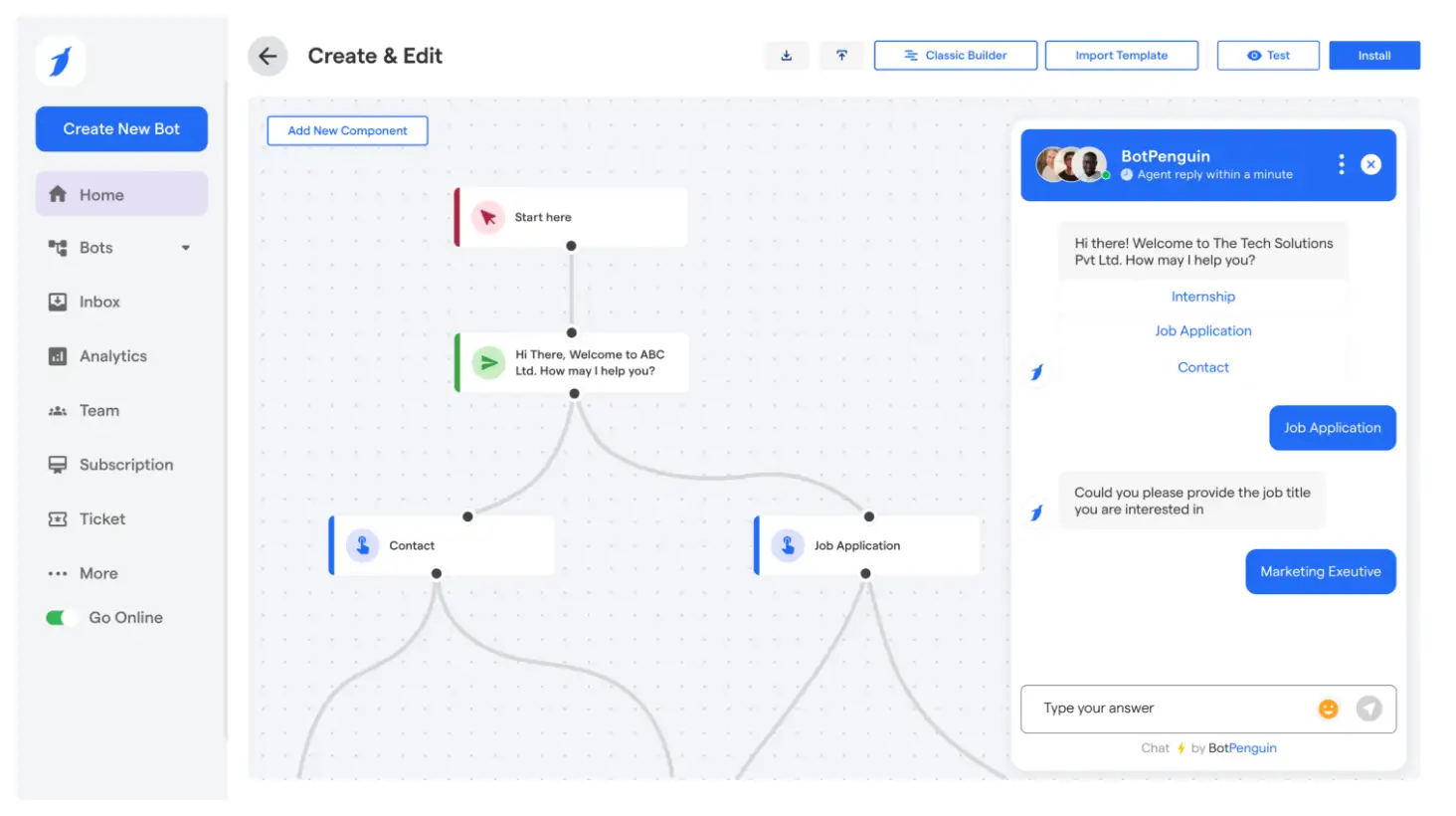
If you’re comparing platforms or planning to build from scratch, start with what’s already working at scale.
BotPenguin’s AI voice calling system comes preloaded with legal best practices for global use, including:
- Built-in consent management with CRM-level logging
- Dynamic scripts that adjust based on opt-in type and call flow
- Real-time opt-out logic wired into every call
- India-ready DND integration through TRAI's UCC framework
- Global timezone and telecom safeguards
It’s designed for startups that need to move fast, but still want to stay on the right side of the law.
Whether you're running outbound sales, lead verification, or post-purchase calls, BotPenguin lets you scale legally without building infrastructure from scratch.
🎯 Book a Free Compliance Demo
Want to see what legal AI voice software should actually look like in practice?
[Book a free compliance walkthrough with BotPenguin →]
Let the system handle the regulations, so you can focus on results.
Conclusion
AI cold calling is legal — but only when it’s done right.
The laws are clear across every region: if your system uses AI to reach people by phone, it must follow strict rules around consent, disclosure, opt-out, and data handling.
There’s no workaround, no grey area. Either you build a compliant system, or you’re taking on unnecessary risk.
The good news? You don’t have to build it all from scratch.
Whether you're scaling sales, qualifying leads, or automating follow-ups, BotPenguin helps you deploy an AI cold calling bot that doesn’t just perform — it complies.
✅ Ready to see it in action?
[Book your free compliance demo with BotPenguin →]
Let your AI call with confidence — and always stay on the right side of the law.
Frequently Asked Questions (FAQs)
Is AI cold calling legal if it's used for lead generation without live agents?
AI cold calling is legal only when proper consent is collected and the bot discloses itself clearly.
To ensure AI bot phone calls legality, platforms like BotPenguin offer compliance-first automation built for ethical outbound lead engagement.
Does AI bot phone calls legality vary between countries or is it global?
AI bot phone calls legality is not universal — it depends on local privacy laws and telecom rules.
BotPenguin supports region-specific compliance, making it easier to manage legal AI calling across different regulatory environments
Is AI cold calling legal when targeting B2B contacts instead of consumers?
AI cold calling is legal in B2B if consent and disclosure rules are followed. Regulations still apply, and BotPenguin helps automate compliant B2B calling flows with built-in guardrails for transparency and user control.
What proves AI bot phone calls legality during an audit or legal inquiry?
Maintaining detailed call logs, consent records, and opt-out activity ensures AI bot phone calls legality in case of audits. BotPenguin automatically tracks and stores this data to support legal defense if needed.
Is AI cold calling legal if the voice sounds human but it's not disclosed?
No. If the AI voice sounds human and doesn’t disclose itself, the call violates key transparency laws. BotPenguin solves this by embedding AI identification at the start of every call.
How do I ensure AI bot phone calls legality without hiring a legal team?
Using platforms like BotPenguin simplifies compliance by automating consent checks, opt-outs, and region-aware restrictions.
This ensures AI bot phone calls legality without needing in-house legal expertise for every campaign.

